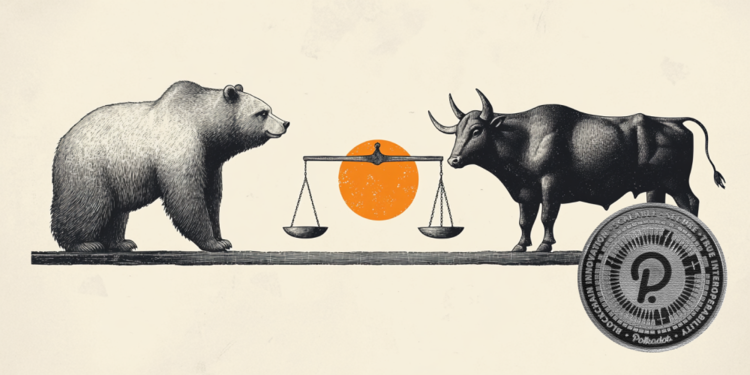Wall Street returns to negative territory on Friday after the emphatic upward reaction in yesterday’s session against its sell off … Omicron that preceded the week, with the market assessing the weaker-than-expected data for jobs in November announced today.
particularly new jobs grew at a slower pace than expected in November, although companies have been more aggressive in hiring workers, which shows that the largest labor shortage for decades continues to slow down the economic recovery.
The U.S. economy added 210,000 new jobs last month, with recruitment growth the smallest in a year and well below expectations. Economists polled by Wall Street expected 573,000 new jobs.
The unemployment rate in the US fell to 4.2% from 4.6%, recording a new pandemic low. However, economists say the official unemployment rate is probably a few percentage points lower than the real thing.
In an encouraging sign for the labor market, the size of the workforce has increased significantly. About 594,000 people rejoined the workforce in November. The so-called participation rate amounted to 61.8%
These figures are even more important for the US economy after the speech of the President of the Federal Reserve Jerome Powell in the House of Representatives on Wednesday, where he spoke about a strong economy and the prospect of the Fed tapping earlier than , what was expected, a development that would accelerate the increase in interest rates.
“The economy is very strong, with inflationary pressures high, so it’s time to look at the reduction in the asset purchase program we announced in November a few months earlier than expected,” said Jerome Powell.
Meanwhile, US Treasury Secretary Janet Glenn told a Reuters conference on Thursday that she was ready to remove the word “transient” to describe the current state of inflation in the US.
At the forefront of the pandemic, investors are expecting more information about the new coronavirus mutation, mainly its transmissibility, but also whether it can go beyond the protection provided by vaccines.
Yesterday, President Joe Biden’s government announces strategy after Omicron mutation detected in the country calling on companies to intensify the obligation to vaccinate their employees, although a similar mandate from the federal government has been “frozen” by the federal Justice until recently.
The White House has again imposed strict travel restrictions, requiring passengers entering the United States to have been tested within the past 24 hours.
In the meantime, the dollar falls 0.2% to 95,864 points according to the ICE US Dollar index, while its performance 10-year government bond US loses 2 basis points at 1.431%.
Indicators – Statistics
On the dashboard, the industrial Dow Jones loses 0.24% to 34,550 points, the widest S&P 500 falls by 0.4% to 4,560 points and the technological Nasdaq slips by 1.34% to 15,170 points.
In weekly basis The Dow is down 0.8%, the S&P 500 is down 0.6% and the Nasdaq is down 1.3% since Monday.
From 30 shares that make up the Dow 15 move with a positive sign and equal numbers with a negative. United Health leads with gains of 1.77% and International Business Machines gains 1.02%. On the other hand, the biggest losses are recorded by Salesforc (-2.8%), Boeing (-2.45%) and Visa Inc (-1.07%).
Marvell Technology rallied 21%, after the results and prospects of the chip company exceeded the forecasts of Wall Street.
DocuSign shares are down nearly 40% after losing their earnings forecasts, with its chief executive saying the pandemic affected the company in the quarter.
.
I am Sophia william, author of World Stock Market. I have a degree in journalism from the University of Missouri and I have worked as a reporter for several news websites. I have a passion for writing and informing people about the latest news and events happening in the world. I strive to be accurate and unbiased in my reporting, and I hope to provide readers with valuable information that they can use to make informed decisions.







